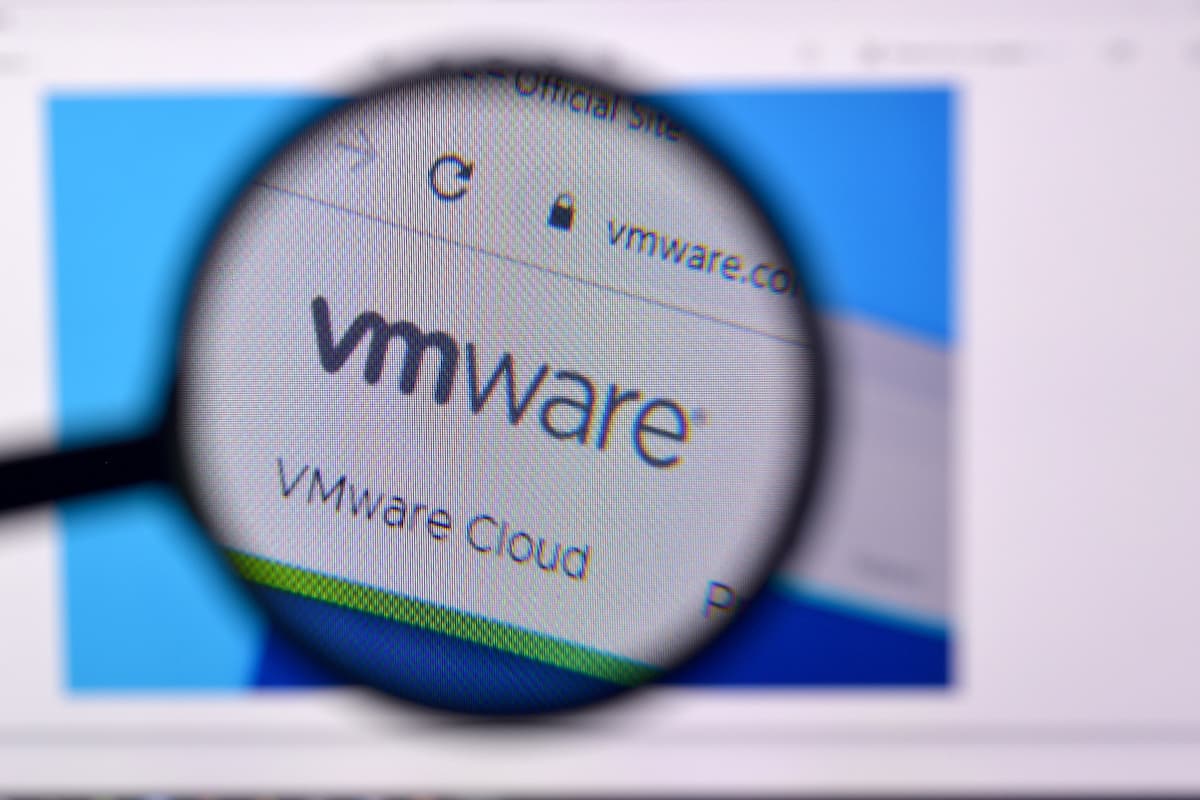The new OpenAPI specification for VCF 9.0 promises to drastically reduce the learning curve for developers and cloud administrators, with native integration in tools like Postman and support for generating custom SDKs.
Under Broadcom’s leadership, VMware has announced the official release of the OpenAPI specifications for VMware Cloud Foundation 9.0 (VCF 9.0). This move marks a milestone in the company’s developer-first strategy, enabling more agile, consistent, and automated interactions with its APIs, which are crucial for hybrid and multicloud environments.
The primary goal of this initiative is to democratize access to VCF APIs, allowing developers to quickly incorporate them into automation workflows, management, and monitoring tasks, without relying on extensive documentation or trial and error.
What is OpenAPI and why does it matter?
OpenAPI is a standardized, machine-readable specification that defines how to interact with an API. It provides a comprehensive description of methods, endpoints, parameters, authentication, and responses, enabling the generation of interactive documentation, Postman collections, and SDKs in multiple languages such as Python, Java, or C#.
In the context of VCF 9.0, this specification allows system administrators and developers to:
- Query endpoints in a structured way.
- Automate workflows directly from tools like Postman.
- Generate custom SDKs using tools like Kiota (Microsoft) or OpenAPI Generator.
- Easily integrate VCF with CI/CD platforms, automation scripts, and custom dashboards.
Components covered by the OpenAPI specification
The new specifications encompass key services within VMware Cloud Foundation, including:
- VMware vSphere
- VCF SDDC Manager
- VCF Installer
- VCF Operations
- vSAN Data Protection (vSAN DP)
This means users can, for example, create authentication sessions, list virtual machines, or manage vCenters without manually exploring API routes in traditional documentation.
Practical example: Postman integration and custom SDKs
A major benefit is the direct integration with tools like Postman, where users can import the vcenter.yaml file to automatically generate a collection of ready-to-run requests, including authentication and preset variables.
Furthermore, in environments lacking official SDKs (e.g., .NET C#), developers can generate their own clients using tools like Kiota with a simple CLI command that converts the OpenAPI YAML into a functional library:
bash
kiota generate
-l CSharp
-d vcenter.yaml
-o VcenterSdk
–namespace-name VcenterApiClient
–class-name VcenterClient
Faster development, fewer errors
This approach significantly reduces human errors associated with manually constructing API calls and shortens the time needed to develop custom integrations or automation workflows. It also standardizes documentation, improves code maintainability, and provides a clear starting point for new developers.
“Instead of navigating fragmented documentation and building
curlcommands from scratch, any developer can now start within minutes using a Postman collection or an auto-generated SDK,” highlights Jatin Purohit, author of VMware’s official blog post.
Downloads and resources
Conclusion:
With the implementation of OpenAPI in VMware Cloud Foundation 9.0, Broadcom and VMware make it easier to access advanced automation and management tools for cloud environments, offering a more standardized, faster, and reliable development experience. This evolution underscores VMware’s commitment to a developer-centric, interoperable cloud ecosystem, ready for integration with hybrid and multicloud infrastructures.
via: vmware

